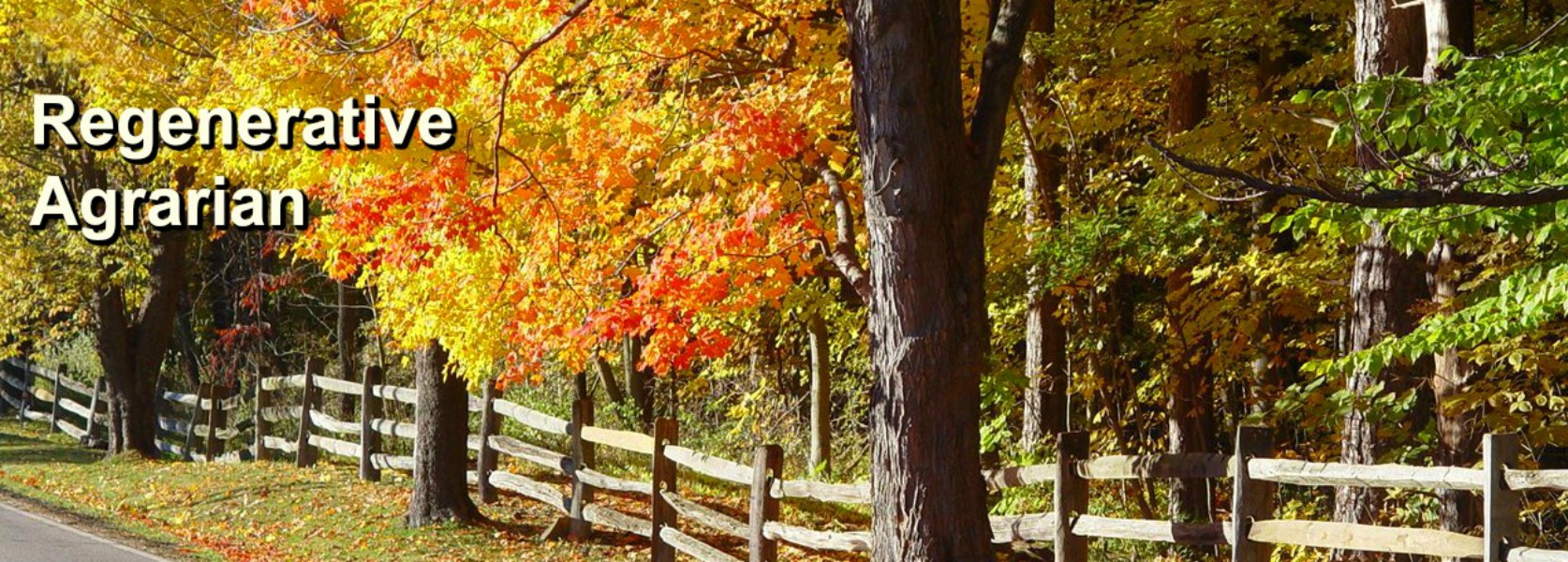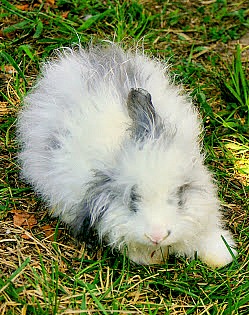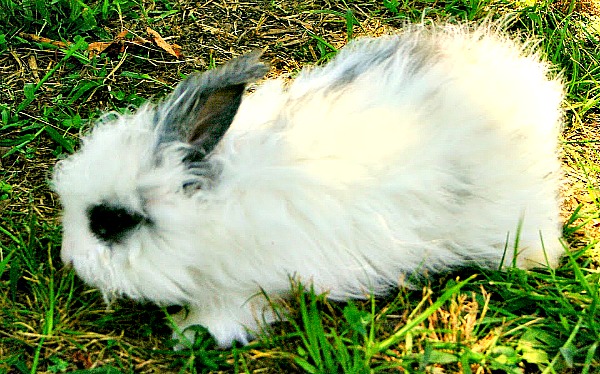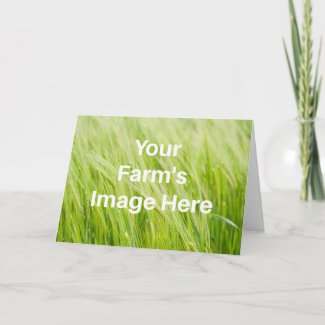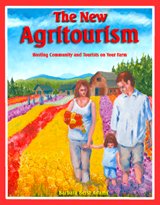Oregon, Missouri, Idaho: Regenerative agriculture, agritourism and heirlooms
© National Lilac Publishing, LLC
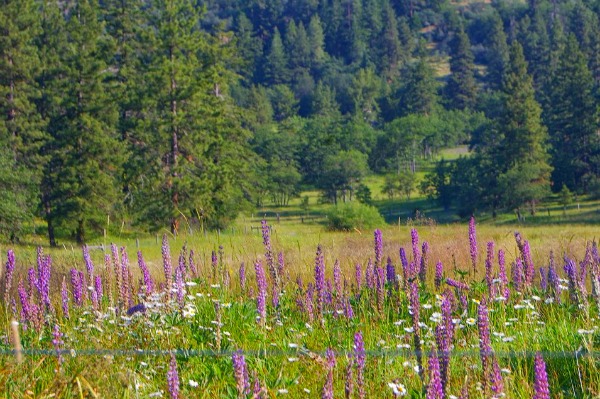
OREGON: Here's a favorite shot while visiting Willow-Witt Ranch in Ashland, Oregon where we stayed one July. It primarily produces sustainable, humane and grass-fed meat, milk and eggs, allowing native pollinator habitat as we can see here.
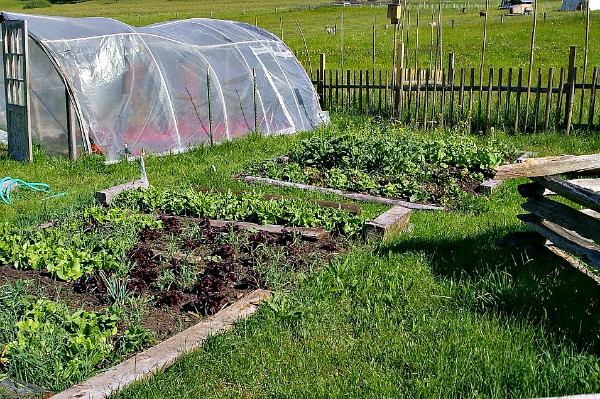
OREGON: They also had a food garden, and notice in the upper middle-right hand side of the photo, there's a rustic birdhouse. Rural farmers and gardeners in the USA are trying to restore native bluebird and other species that do well in or near open fields vs. urban settings or thick woodlands.
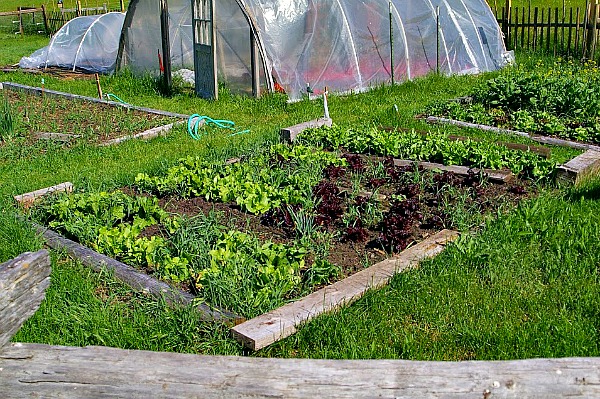
OREGON: We stayed in the ranch's "Farmhouse Studio," but they also had wall tents for visitors, similar to the one shown in the IDAHO section below. Visitors can harvest from the vegetable gardens.
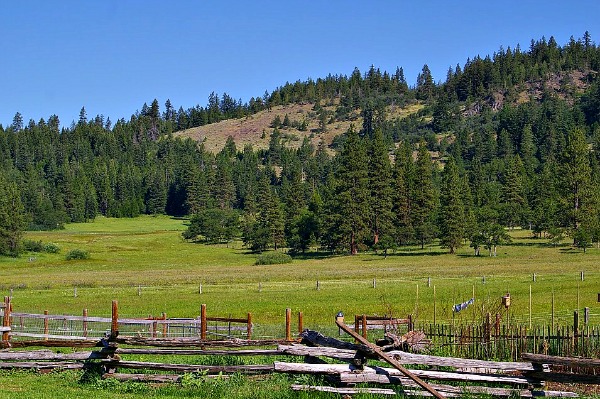
OREGON: Another shot showing their rustic fencing.
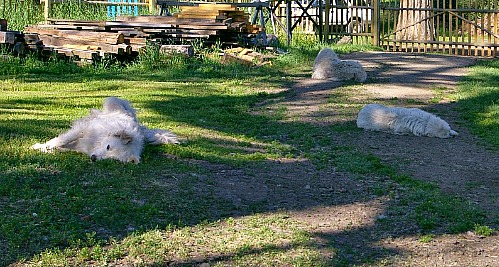
OREGON: These three lazy looking dogs were happy to have us there. But in spite of their gentle demeanor, we had to be introduced properly, otherwise, newcomers are in danger. Once they accept you as part of "their" pack, they'll defend you to the end. Regenerative ranchers are especially interested in non-lethal methods of protecting their livestock from large predators so that all wildlife on their ranches, even the predators, can live and be part of the natural balance of ranch wildlife. I say "non-lethal" but dogs such as these have been known to fight to the death to protect those in their charge from predators, and with more than one, are effective against bears and wolves. There are numerous breeds of livestock guardian dogs, and these are Maremma livestock guardian dogs. I got to use photos of these guys and gals for an article on the Maremma for AcresUSA magazine.
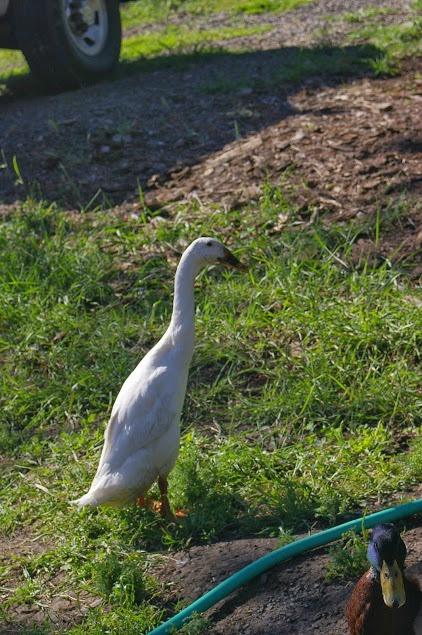
OREGON: They had a few ducks of various breeds around. You can barely see the Rouen drake in the lower right hand corner. Rouens have the same coloring as wild mallards, but as domesticated breeds, they're heavier and don't fly. But center stage is the Indian Runner duck which often carries itself in this upright tall position. They're in the top two or three breeds for numbers of eggs laid per year. And most people, including me, love the taste of duck eggs.
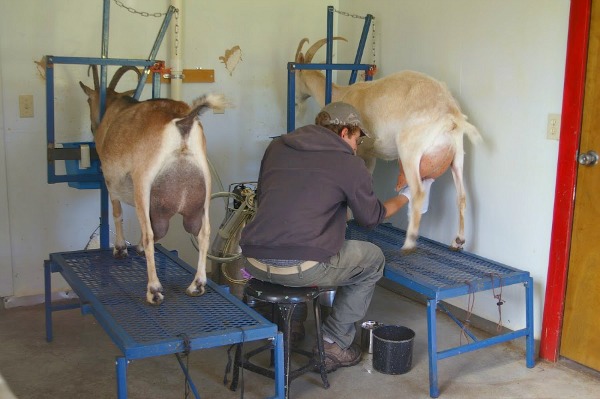
OREGON: Visitors are allowed to witness the milking and other farm operations. They sell raw goat milk via a herdshare program, where people can buy into partial ownership of the herd and therefore bypass laws that disallow selling raw milk. Laws don't stop people from drinking milk from their own goats, so herdsharers are technically and legally consuming milk from their own goats. (Stories of other goat operations: Here and here.)
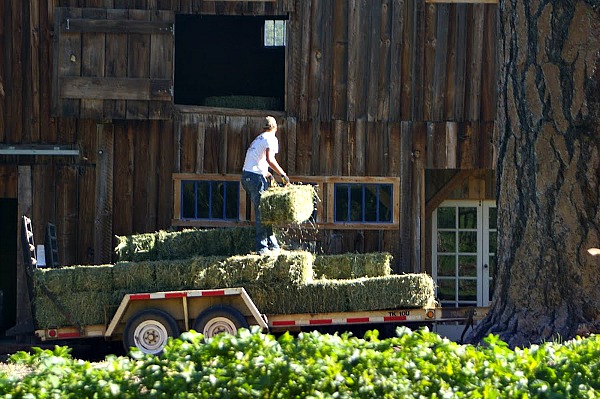
OREGON: Old-fashioned rectangle hay bails were harvested and stored in the old barn. On our own farm, we harvested hay into bales like this. Regenerative ranchers often want to avoid all non-pasture plant sources of feed when the pastures aren't producing enough, such as during winter or summer droughts. So, hay making -- being dried grass and other pasture plants -- in its various forms is favored over grain, soy or other supplements. Some ranchers are also phasing out hay altogether and instead, stockpiling certain pastures, which means leaving them to grow without haying or grazing them until winter. Then the animals are turned out and know how to eat from them even with several inches of snow.
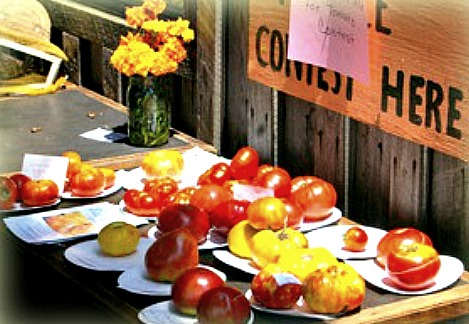
MISSOURI: Heirloom Gardener Magazine was started by Jere Gettle, who's been an heirloom seed enthusiast since he was a teen. I enjoyed writing numerous articles for that publication over the years, and Jere eventually wrote a back cover recommendation for my The New Agritourism book. His Baker Creek Heirloom Seeds company sells luscious heirloom and open-pollinated fruit, herb and vegetable varieties from all over the world. And they hold numerous events including gardening festivals at their Bakersville Pioneer Village in Missouri. We attended one when I was invited to speak there about my eco-farming books. There were taste testings everywhere. I've managed to lose most of our photos of that fun event, but here's a shot of a display of various heirloom tomatoes that grow so well in the hot Missouri summers.
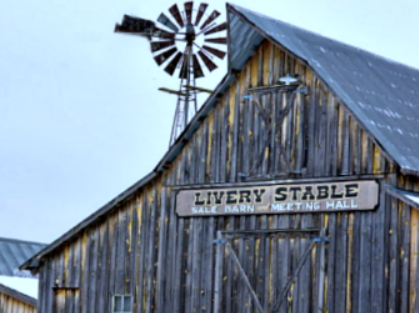
MISSOURI: The Baker Creek Heirloom Seed's festivals are held in their historic re-enacted acreage called Bakersville Pioneer Village, with old-fashioned buildings and a restaurant that at least used to offer only one vegan heirloom crop meal choice.
MISSOURI: The Gettles are vegans. Some vegans are okay with companion and farm animals as long as they're not used directly for food. The angora rabbit is one animal that can provide companionship and no-kill farm products while living out the full length of its life. Their wool is prized by handspinners and their droppings make fantastic compost or material for worm castings. These two pet angoras were hanging out in the shade with their human companions at the festival.
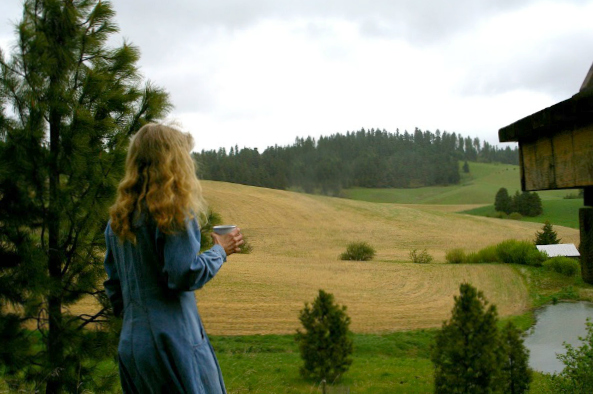
IDAHO: The Palouse region covers areas of Idaho and Washington State, and is a remarkable landscape of rolling fields of wheat, legumes, and other grains. My husband took this photo of me where we'd stopped off at an Idaho agritourism farm that overlooked part of the Idaho Palouse you see in the photo. The Palouse area itself is just beginning to enter the regenerative agriculture arena, where eco-methods and crop/animal diversity are replacing monocrops and chemical dependency. (Feature article of an Oregon small diversified grain farm here.)
But for this trip, it was the agritourism segment I was after. I'm a huge fan of agritourism (when done authentically to the farm's real values and practices), and this farm had many special touches.
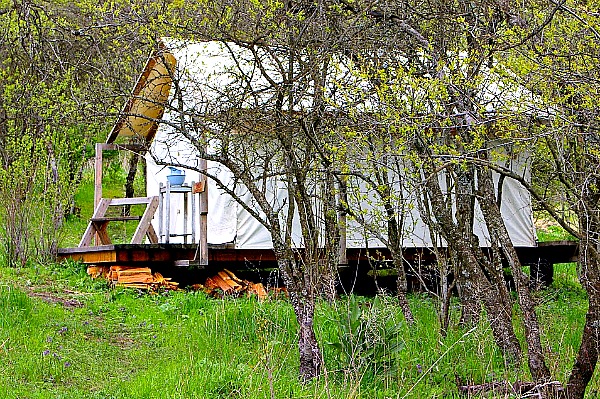
IDAHO: They set up wall tents in their old orchard for visitor farmstays.
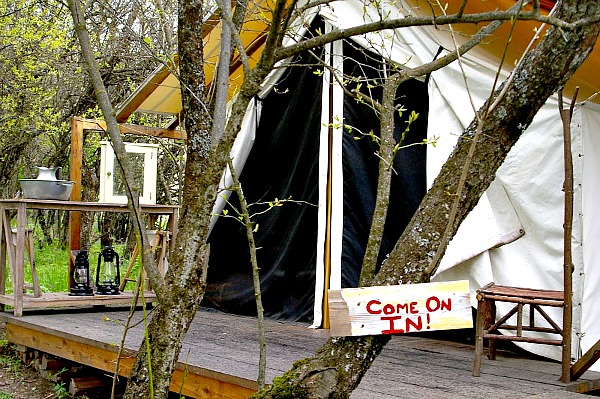
IDAHO: They added lots of small touches. Agritourism allows non-farmers to get up close to what real farming is about, and it encourages them to support regenerative farmers in various ways, from purchasing their products direct to supporting them politically with their votes.
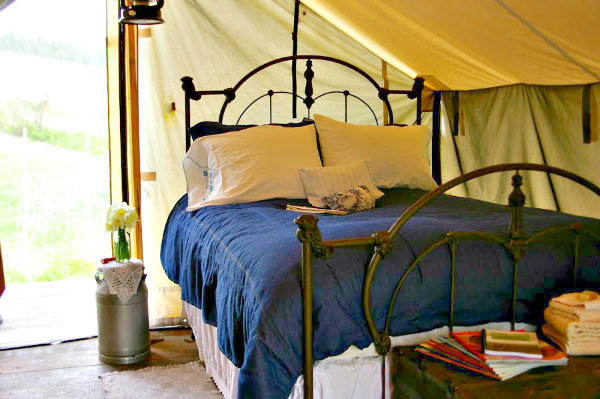
IDAHO: And the sign said, "Come on in," so here we are, inside one of the tents. NO farmer should engage in agritourism if it isn't naturally in their blood. But for those who want to pursue it, we can see here that huge investments in renovating rural Victorian mansions aren't necessary for enjoyable farmstay, B&B or AirB&B experiences. Some niceties can even be flea market bargains.
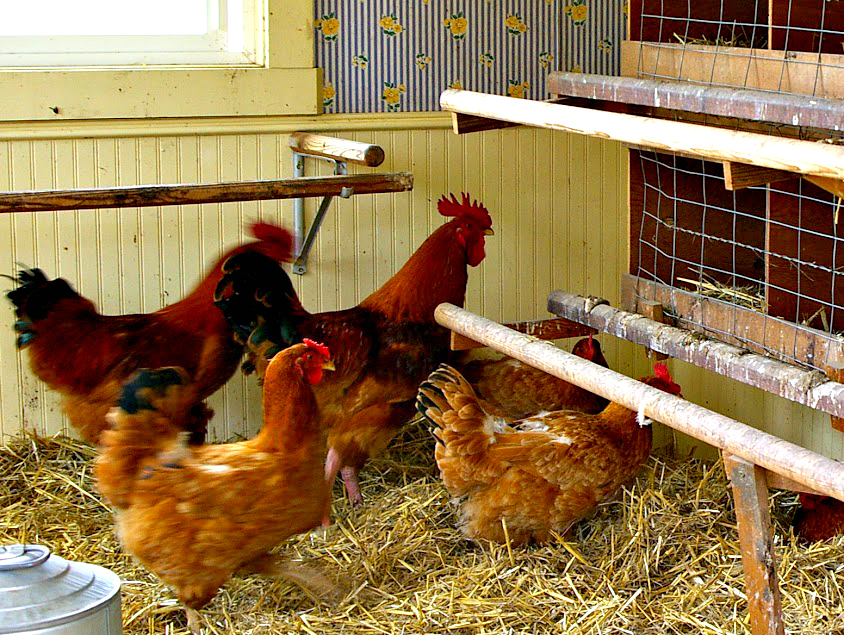
IDAHO: Making the farm your own with special touches is very valuable in agritourism, and here, we can see how wallpaper was used in the chicken yard. Now, another farmer might balk at that idea, and instead showcase a moveable chicken tractor, or a "chunnel," or a roosting area made from local branches. No cookie cutter agritourism needed. (Story of chickens raised in a tent here.)
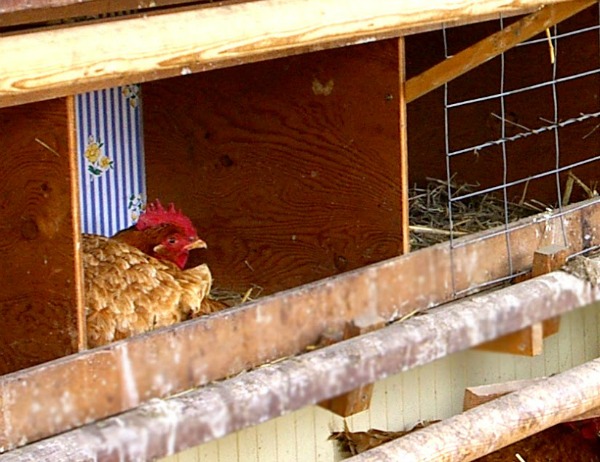
IDAHO: Wallpaper even inside the laying nests.

